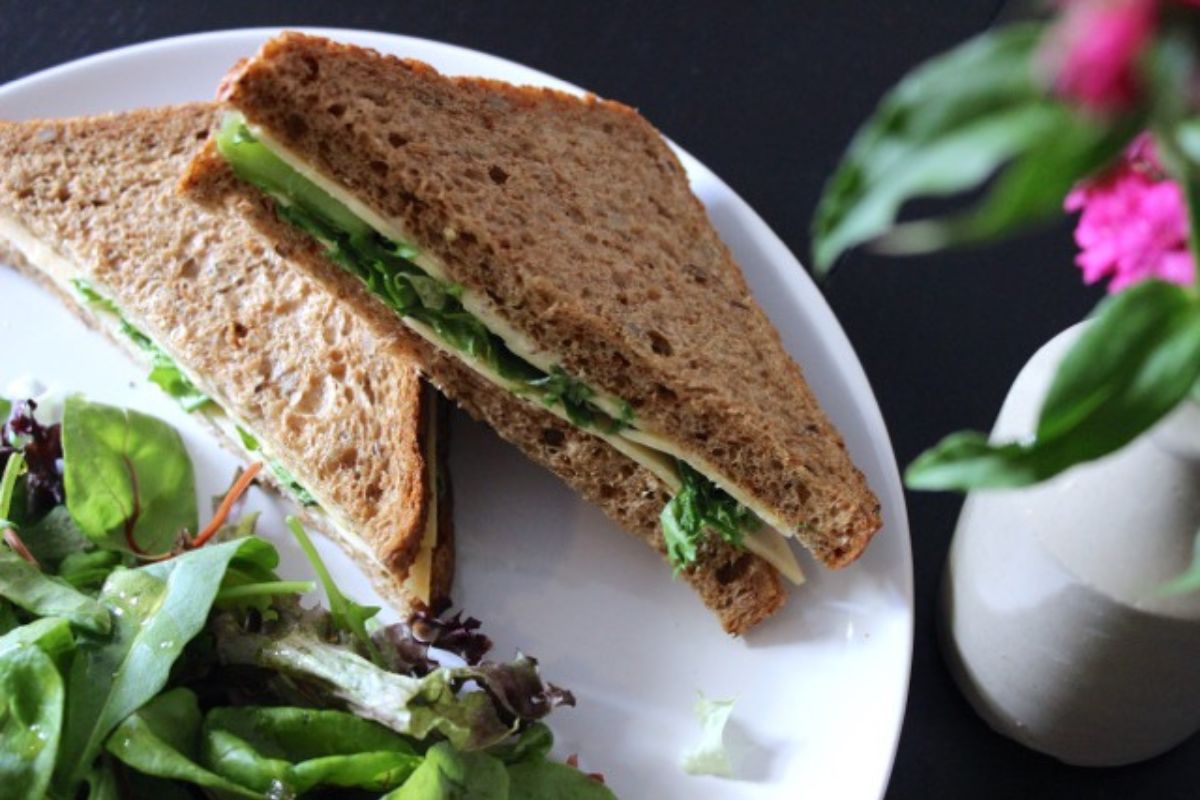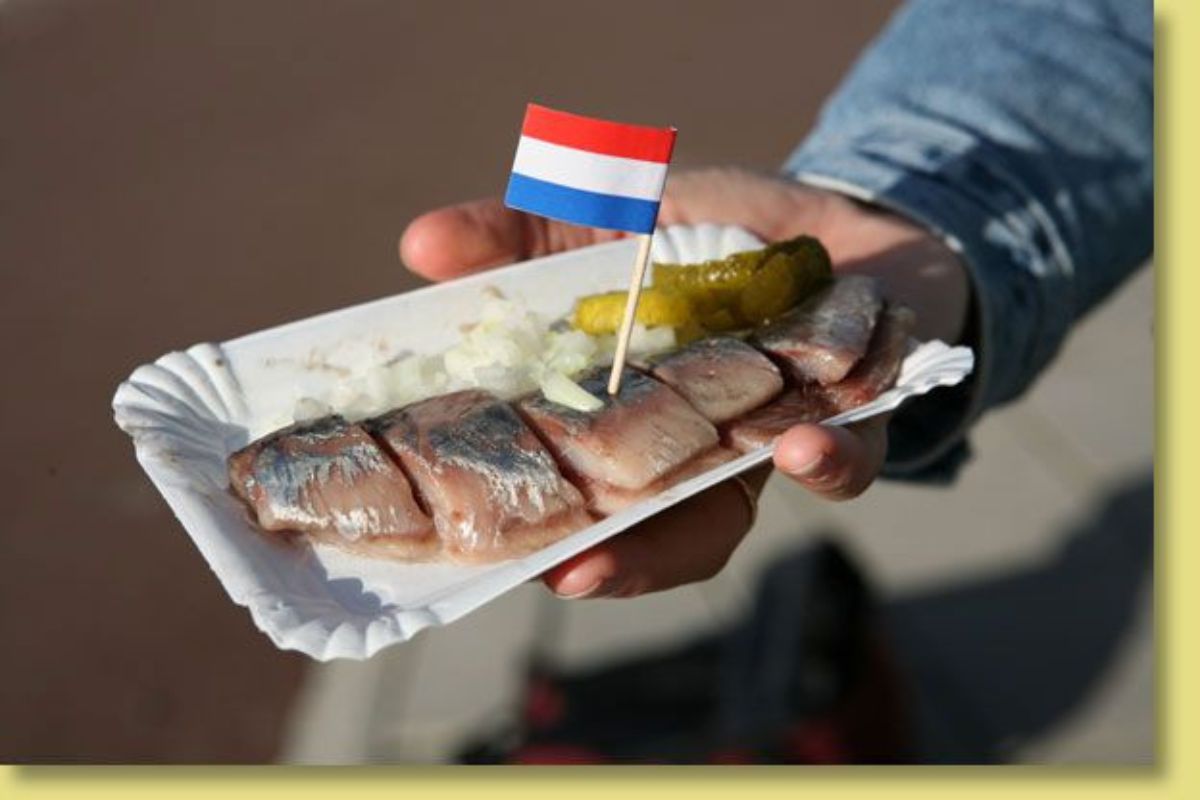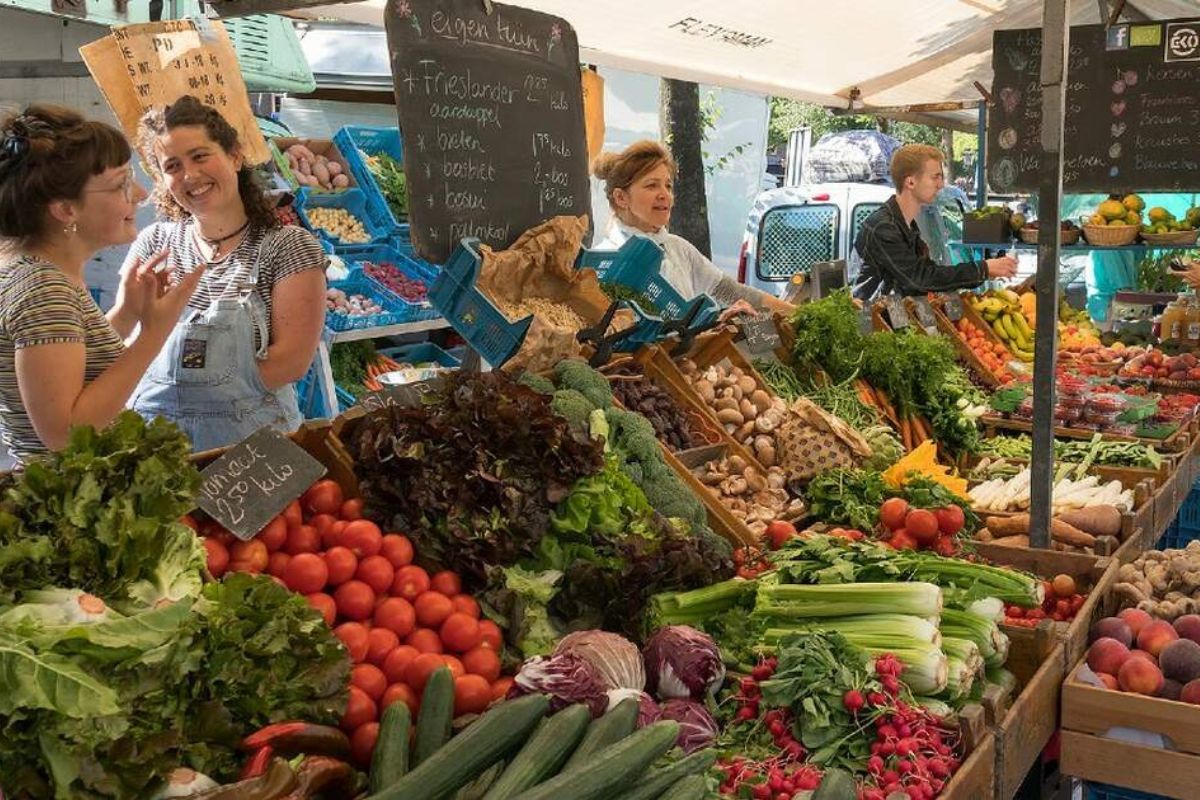Today’s Dutch cuisine appears to be basic, yet it is the epitome of Dutch girls. They were sent to a housewives’ school in the early twentieth century to learn how to cook as cheaply and simply as possible. This article not only covers excellent and distinctive meals, but it also introduces readers to the way the Dutch eat.
The impact of globalization has introduced a fresh breath to Dutch food. The younger generation’s tastes are shifting away from “normal” and toward more diverse culinary schools; yet, the Dutch retain their own dining patterns. If the French spend two hours eating wine, French fries and Milanese cutlets for lunch, Spaniards will develop the habit of eating a heavy meal at 2 p.m. To become a true Dutchman, you should try these three methods to eat these distinctive delicacies.

Photo: Serious Eats
Enjoy a “humble” sandwich, a specialty of Dutch cuisine
The sandwich is widely regarded as an icon of Dutch culinary culture. Based on the definition of a sandwich, a simple snack, its components include butter and ham (or cheese) wrapped in a seductively shaped piece of bread. This simple yet hearty dish is similar to a traditional Dutch meal, consisting primarily of boiled potatoes, vegetables, and pork.
Lunch is not just a meal for the Dutch; it is also an element of the office culture. It is intended to serve as the foundation for developing relationships among colleagues. Working groups will most likely dine together, as is customary. They will share bread, meat, or cheese with everyone from supervisors to subordinates. This is also the moment when people discuss about their lives with one another.

Photo: The gibbson girl
Raise your necks when eating raw herring
In the Netherlands, herring has been fished and prepared since the 17th century. Small and fatty fish are high in omega-3 fatty acids, which are beneficial to the heart and the immune system. The traditional meal has gained popularity in Dutch culture and cuisine. It is most frequently mentioned in June, when many activities are held across the country to honor the arrival of fresh fish. Flag Day, or Vlaggetjesdag, is one of the country’s largest street events.
Because the fish is slippery and small, the Dutch “standard” way to eat salted herring is to grip the tail, tilt the neck, bring the fatty fish straight into the mouth, and then bite; if eaten in the ordinary way, it is easy to choke on a fishbone. It is simply made of ocean-caught fish that has been gutted, scaled, and salted. Everyone looks forward to a special dish at least once a year.
On Vlaggetjesdag, the vendors selling Hollandse Nieuwe herring began providing raw fish. Visitors can eat the fish directly or sandwich it in a hot bread roll coated with butter and served with pickles and chopped onions.

Discover the distinct beauty of each season
Before you form your own impression about Dutch food culture, learn about the seasons here. Seasonal specialties will be available. Furthermore, you can learn more about recipes by attempting some of the greatest that you want to find at the proper time. It will be fantastic for you to shop at local markets that sell freshly harvested vegetables. Fresh and sustainable regional produce is the foundation of gastronomy throughout the country.
The Dutch, in particular, are keen in raising own lush veggies and fruits. Many wealthy families even possess vacation houses with beautiful grounds. Picking your own seasonal fruit, cutting the freshest asparagus, or stopping by a nearby farm for homemade honey and cider are all wonderful experiences on Dutch farms.

Autumn, the finest season for travel in the Netherlands, begins in September and lasts until December, with the most visible evidence being when the forests, trees in parks, and trees along the riverbanks put on a fresh coat of typical yellow color and conclude when the tree loses its leaves.
Its historic beauty, along with culinary techniques that reflect the distinctive land of windmills that has “attracted visitors,” is now much more appealing when heaven and earth descend. Let us pretend to be true Dutch by learning three methods to eat traditional Dutch cuisine, as advised by Wanderlust Tips USA.

